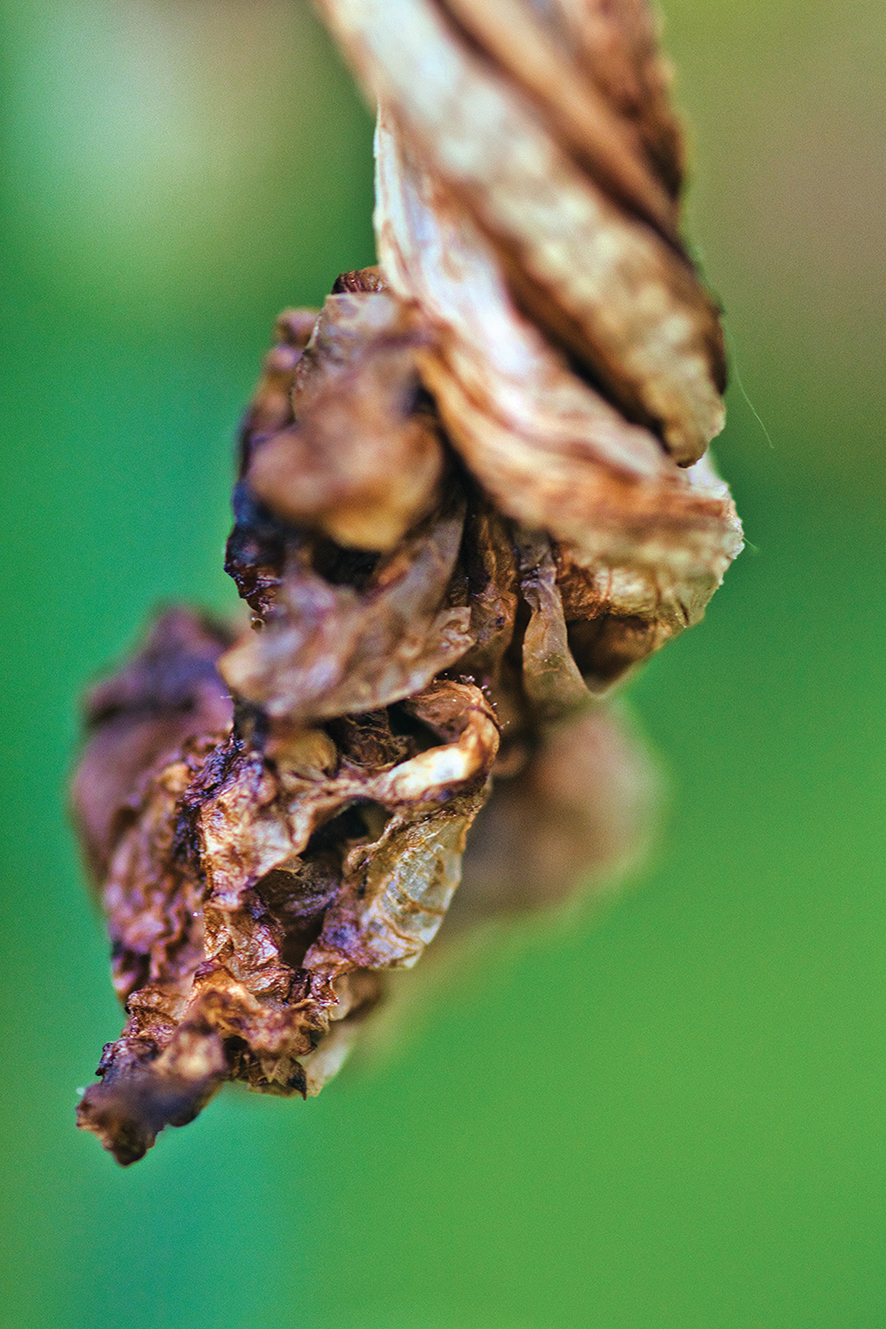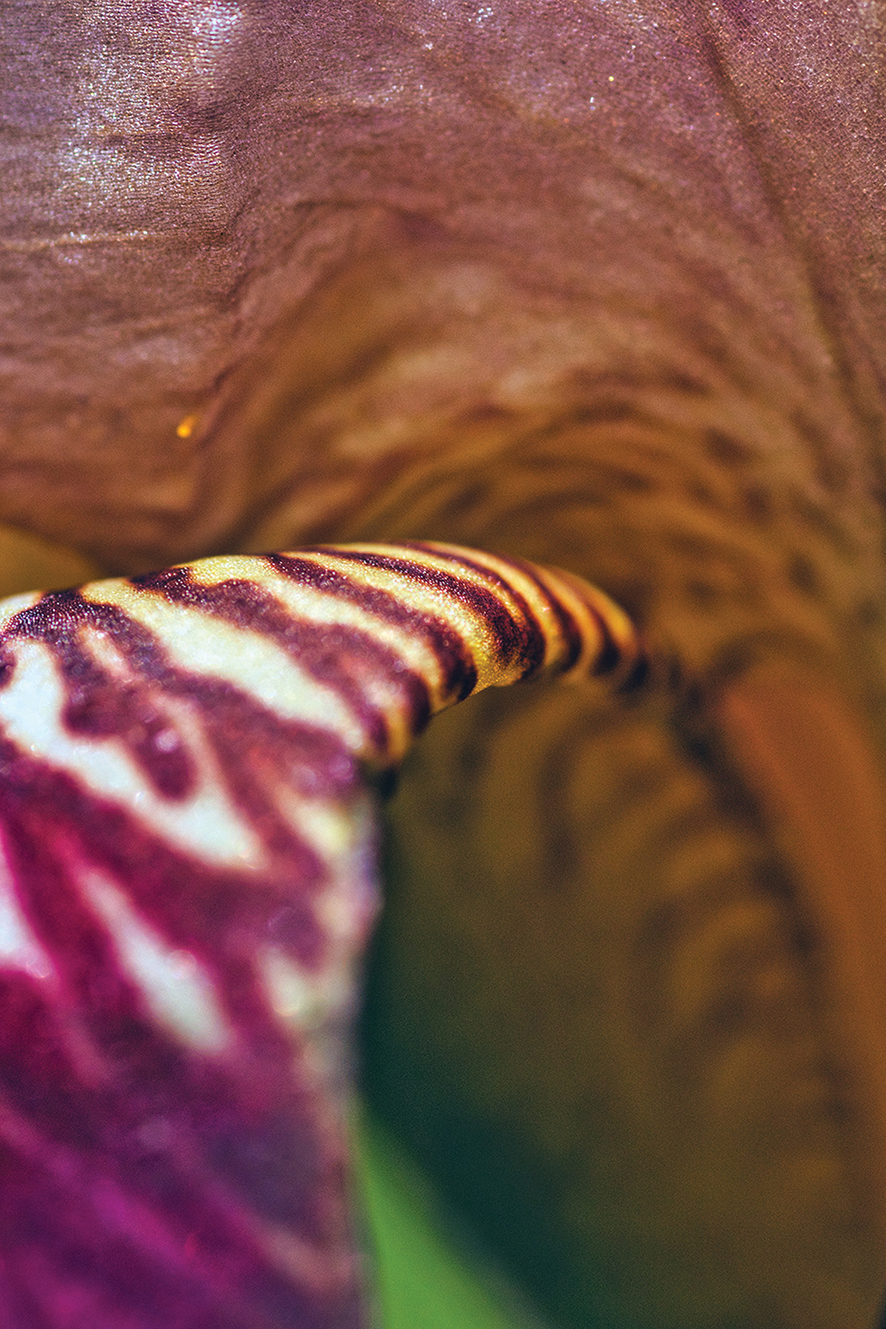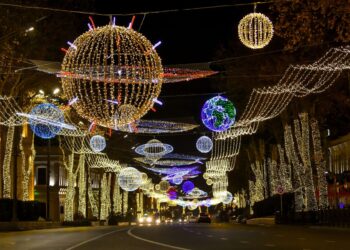The genre of macro photography has been a favorite of mine for decades. Technically, it sits at magnifications on film or sensor of around life-size, that is, 1:1. Larger magnifications take you into photomicrography, smaller ones simply into close-up.
My last lens offering macro magnifications was when I was still using film, so, ending in 2008. But I recently took advantage of a friend’s visit from Canada to buy and have him bring me a macro lens for my Canon EOS digital camera. I chose the Tamron 90mm, which gets you to 1:1, and am very satisfied.
There are many different ways of shooting macro images. One which takes much time, and post-processing is called focus stacking. Here, you must use a tripod or other means of fixing your camera in place, and have the subject not be moving at all. Then you take a number of shots, as many as you like or can, with only the point of focus changing, from back to front or vice-versa of the subject. Later, you have your image processing program align and stack these images but use only the in-focus parts of each, and in this way you end up with the whole of the subject in focus. It’s much more difficult to achieve such deep focus by using one shot and a small aperture, as this also gives you a correspondingly slower shutter speed. You can get fanatical with this approach, but it demands much time and care.

My favorite macro technique, however, has always been to shoot hand-held, only a single frame, in manual focus mode, with the lens aperture wide open. This allows a fast shutter speed for the non-tripod approach, and typically gives only a tiny slice of the image sharp focus. Thus, I enter a dreamworld.
In macro, it’s the out of focus elements which draw me the most. Water drops or spider webs refract light in fascinating ways which the unaided human eye cannot see, for example. So I typically allow that small in-focus area to give a hint (maybe) of what the subject even is, and then let the rest blur into abstraction. As for heavily dew-laden early morning spider webs… pure magic.

The same approach works for me with flowers or other vegetation. Our garden in Svaneti currently has some magnificent irises in various color sets, amongst many other species. I get almost inside them, closer than my eye can even focus, and reveal intimate details of their splendor. With other flowers I often get the front edge sharp, blur the rest, and let the brain add what the eye knows is there. I also wait for the irises to dry up, as in this phase of their life cycle I find completely different forms and images from the perfect, whole flowers or their parts.
I have yet to really delve into a combination of a recent favorite subject, rust, and macro technique. This is mostly because my rust shots are all at easy non-macro magnifications, of a flat surface parallel to the camera’s image sensor and thus all in focus. If I tried this in macro I would need to use a tripod to get this all-frame sharpness, and frankly I’m a bit lazy to do this so slowly. But who knows, I might discover yet another new world of macro rust and go crazy with it.
Blog by Tony Hanmer
Tony Hanmer has lived in Georgia since 1999, in Svaneti since 2007, and been a weekly writer and photographer for GT since early 2011. He runs the “Svaneti Renaissance” Facebook group, now with nearly 2000 members, at www.facebook.com/groups/SvanetiRenaissance/
He and his wife also run their own guest house in Etseri: www.facebook.com/hanmer.house.svaneti














